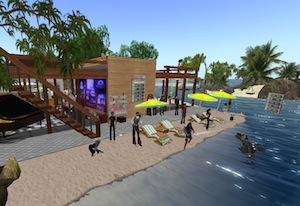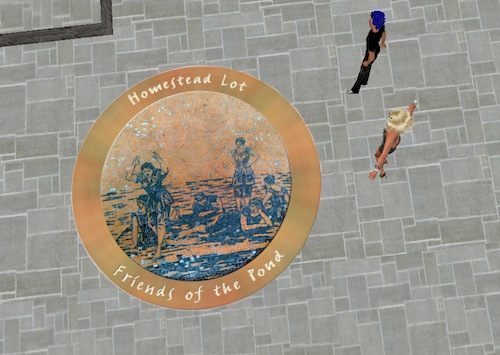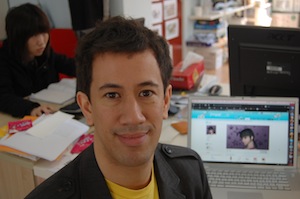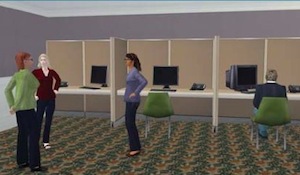 As mentioned yesterday, Telstra have announced their withdrawal from Second Life, and there’s been no shortage of discussion on it around the blogosphere.
As mentioned yesterday, Telstra have announced their withdrawal from Second Life, and there’s been no shortage of discussion on it around the blogosphere.
We’ve had some passionate comments and a couple of emails from residents quite upset at the decision.
I took the opportunity to put some questions to Telstra’s media spokesman, Craig Middleton, to get some further clarity on future plans and what will happen to the content that’s been successful for their presence:
Lowell: After more than two years of operation, what are the key lessons Telstra has learnt from the experience?
Craig: From our venture into Second Life we learnt a great deal in a variety of areas, including online community anagement and how to foster event-based traffic – experiences in relation to the in world support team and management of frequent in world events .
Lowell: It’s arguable that Telstra has been one of the more successful examples of a business building a community, through regular activities, dedicated staff support and a large presence. Was the costs of delivering that service too much for the returns it provided?
Craig: We don’t discuss the commercial aspects of our business, however we were very happy with the popularity of the islands and the interaction they allowed us in-world.
Lowell: In regards to cost – how does Telstra plan to report to shareholders on any substantive outcomes from the Second Life foray? BigPond’s involvement on the face of it has been a success, so how will those successes be captured?
Craig: BigPond’s activities and investment in Second Life have been widely reported since our launch. I do not expect any further reporting beyond that.
Lowell: Are there any particular issues with Second Life that have hastened the decision to leave?
Craig: Our focus is now moving towards other social media options that are gaining in popularity and functionality on computers, mobile phones, TVs and game consoles. Watch out for such announcements in coming months. It is important for a communications company like Telstra to continue to experiment with emerging Web 2.0 applications
Lowell: What will happen to all the BigPond content? Does Telstra have any plans to archive it or even make it available for BigPond customers to use as a basis for further content creation?
Craig: There are no plans beyond helping our customers transition their inworld residences to other locations
Lowell: Does BigPond have any plans to continue development of products in virtual environments at all?
Craig: As per above.
—
For mine, after the impact on the community of residents, the disappearance of all the BigPond content is the biggest shame of the decision by Telstra to withdraw from Second Life. It appears they’re not ruling out further forays into virtual environments, but aside from that and anything they’ve learnt from the experiment, there doesn’t seem to be a lot of joy for BigPond customers who are Second Life residents.


 1.
1.  Back in May,
Back in May,  A fortnight or so ago
A fortnight or so ago  It’s fairly well recognised now that virtual environments provide a powerful collaboration solution for business -it’s just widespread adoption that’s yet to occur as real-world ROI cases are still fairly sparse.
It’s fairly well recognised now that virtual environments provide a powerful collaboration solution for business -it’s just widespread adoption that’s yet to occur as real-world ROI cases are still fairly sparse.
Recent Comments